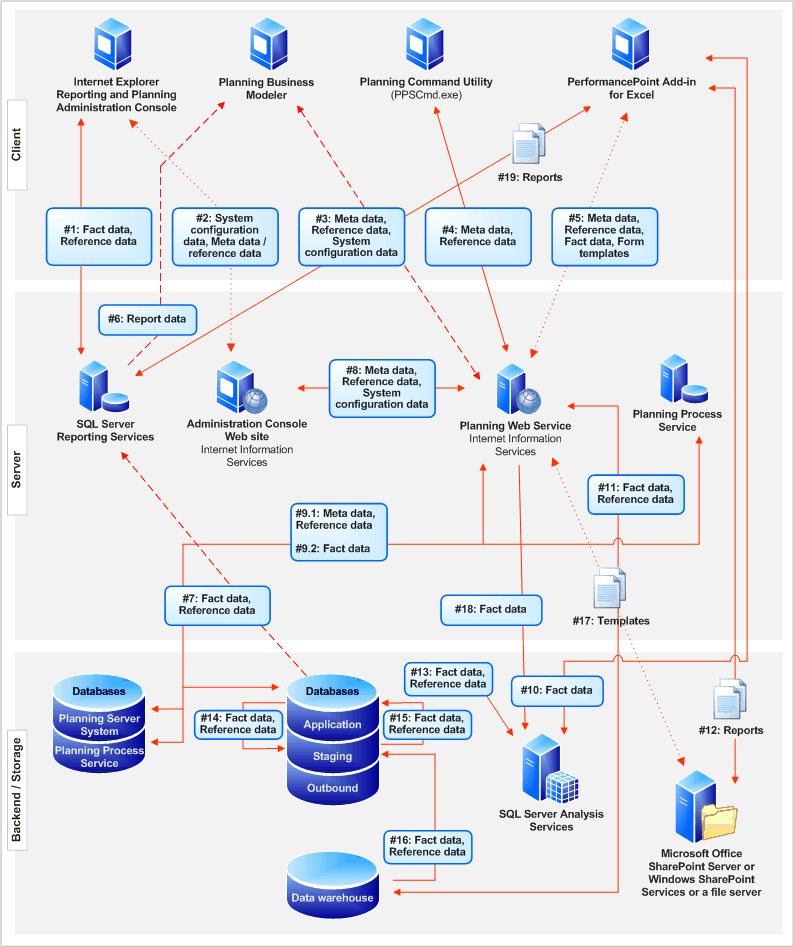| Activity: 2.3 Understand current state application landscape |
 |
|
| Description | Work Breakdown Structure | Roles | Work Product Usage | ||||||
The objective of this activity is to get a clear understanding of the applications that are used and the data streams
that are in use in the defined scope of the assignement. In the current state the focus will be on a high level
overview. The scope of this method ends here, that means that aspects as infrastructure, security et cetera are out of scope. In case these elements have to be dealed with methods like Integrated Architecture Framework can be used. Purpose is to answer the following questions:
This activity is optional depending on the agreed scope and approach in Focus and Direction. If in the Focus and
Direction it has been agreed that the Application Landscape is in scope this activity will be executed. Most of the
time a (technical) architect will participate in this. As mentioned earlier, the level of granularity is determined and
should be taken into account. |
| Parent Activities |
|---|
If this activity is performed after the Information Usage activity it is mainly concerned with identifying the application landscape that is in scope. This is done by mapping the data used by the processes on the data interaction of the applications. The deliverable will be the current state application landscape. If the client has limited documentation of the processes this activity can be the starting point of the current state situation. The existing application landscape is the starting point for identifying the information, current process view and business context. The application mapping can be useful for spotting duplicate functionality and data. The mapping is done by mapping the data used by the processes on the data interaction of the applications. Data flow diagram (at application level). See figure below for example.
|
